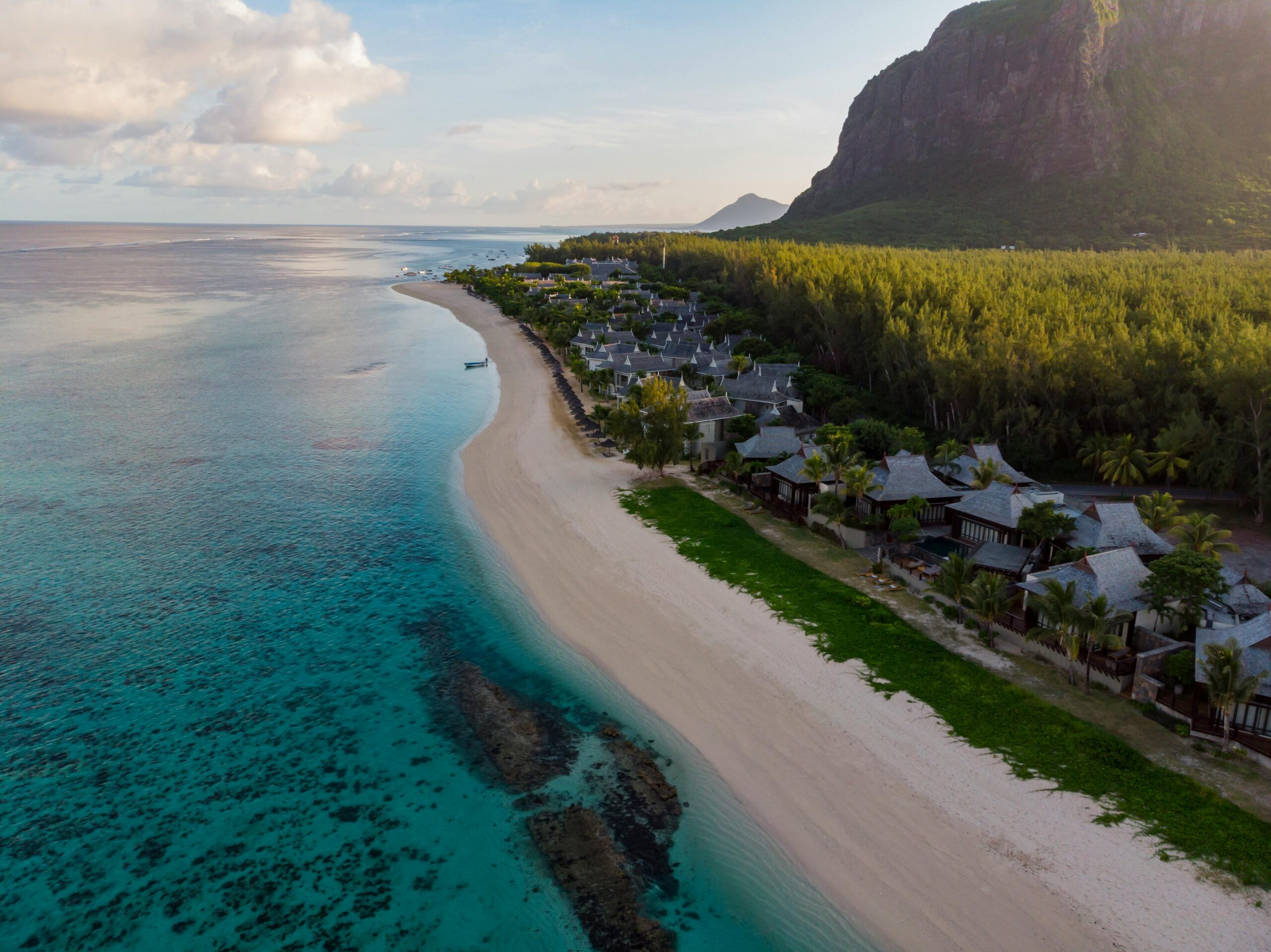RIDGE TO REEF SUSTAINABILITY FRAMEWORK | MAURITIUS

A similar pristine Ridge-to-Reef setting on Mauritius Island.
CLIENT | Private land use development group
SITE | 3,000-hectare coastal estate, Mauritius
_______________________
THE CHALLENGE
A property group in Mauritius owns a 3,000-hectare ridge-to-reef estate that includes one of the island’s last remaining tracts of endemic forest. The group plans to transform approximately 750 hectares into a residential, commercial, and industrial Smart City hub targeting carbon neutrality by 2030. The remaining lands include sugarcane fields, hunting pastures, and protected forest areas.
The challenge was to define a vision and practical pathway that would allow this ambitious development to become a global model for regenerative coastal planning while balancing economic, ecological, and cultural priorities.
OUR ROLE
Working alongside Phase 1 master planning and infrastructure design, Regensia developed a comprehensive Sustainability Framework that included:
- A guiding vision anchored in 12 Sustainability Pillars with goals, KPIs, benchmarks, and strategic actions
- Integration of green-certified construction, renewable energy, circular infrastructure, eco-tourism, and carbon sequestration programs
- Introduction to the voluntary carbon credit marketplace and modeling of reforestation scenarios with associated revenue streams
- Development of a custom Carbon Calculator to measure embodied, construction, operational, and transportation emissions, as well as sequestration potential across estate lands
- Creation of an interactive sustainability assessment matrix to evaluate the cost-benefit of sustainable investments and bundle them to access Concessional and Blended Finance resources

An illustration of the 12 Sustainability Pillars developed for the project, which define holistic goals, KPIs, and actions within the Sustainability Framework
INNOVATION & DESIGN
Two core innovations positioned the Smart City for global leadership:
- Carbon Calculator – a dynamic tool that aggregates emissions and sequestration data into a net carbon balance, enabling scenario planning and long-term carbon management.
- Sustainability Assessment Matrix – a decision-support tool that allows the development team to weigh costs, benefits, and financing opportunities across multiple sustainability strategies.
Together, these tools empowered the client to translate high-level climate goals into actionable investment strategies.
RESULTS & IMPACT
- Equipped the client with a clear roadmap to achieve Carbon Neutral by 2030 and advance toward Climate Positive performance thereafter.
- Enabled more confident investment and design decisions by linking sustainability actions with measurable outcomes and financial opportunities.
- Forestry as asset: Reforestation offered both sequestration and revenue opportunities via voluntary carbon markets.
- Established the project as a testbed for regenerative coastal development that balances built infrastructure with ecosystem stewardship.

